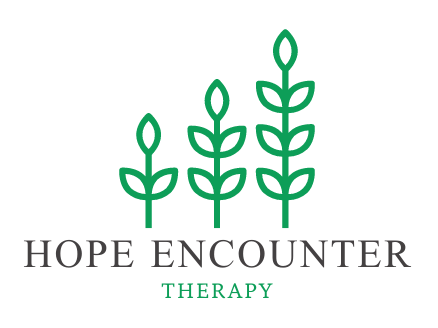
If you grew up in a home where your feelings were ignored, minimized, or brushed aside, you might still carry the weight of that silence. Maybe no one screamed at you or hit you, but no one noticed you either. You didn’t feel seen, heard, or valued. That’s what childhood emotional neglect feels like. And it sticks around.
Most people think of trauma as something loud—car accidents, war zones, or violent encounters. But there’s another kind of trauma that’s quiet, invisible even. It’s the kind where nothing really happened. That’s the heartbreak of childhood emotional neglect.
What Is Childhood Emotional Neglect?
Here are some signs you might be dealing with the effects of childhood emotional neglect:
- Feeling numb or “cut off” from your emotions
- A chronic sense that something’s missing in life
- Low self-worth or constant self-doubt
- Difficulty setting boundaries or saying “no”
- A tendency to minimize your own feelings or needs
- Feeling like you’re just “going through the motions” in life
The kicker? These symptoms often go unnoticed or misdiagnosed. Because emotional neglect isn’t about what did happen—it’s about what didn’t. And that makes it harder to see and heal.

So How Does EMDR Therapy Help?
Eye Movement Desensitization and Reprocessing (EMDR) therapy is a powerful approach that helps people process and heal from trauma—even the quiet kind.
While EMDR is often associated with big “T” traumas like combat or assault, it’s equally effective for what therapists call “little t” traumas—like being chronically dismissed or emotionally ignored as a child. Though sometimes the accumulation of “little t” traumas can lead to PTSD or even Complex-PTSD.
Here’s why EMDR is uniquely suited for emotional neglect:
1. It Bypasses Overthinking
If you’ve tried talk therapy and felt like you were just talking in circles, EMDR might feel like a breath of fresh air.
It uses bilateral stimulation (like eye movements or tapping) to help your brain reprocess painful beliefs like:
– “I don’t matter.”
– “I’m not good enough.”
– “My feelings aren’t important.
Your brain gets a chance to rewrite those stories in a healthier way.
2. It Treats the Emotional Wounds That Words Can’t Reach
When you were a kid, you didn’t have the tools to say, “Hey, I need more emotional support.” So your brain made sense of it the only way it could: “I must not be worth it.”
These beliefs got wired into your nervous system.
EMDR doesn’t just help you remember what happened. It helps you feel differently about what happened. Clients often say, “I know that memory happened, but it doesn’t hurt anymore. I can think about it without spiraling.”
That shift can be life-changing.
3. It Validates Your Experience
Survivors of emotional neglect often say, “Other people had it worse,” or “My childhood wasn’t traumatic.”
EMDR therapy doesn’t require you to justify your pain. It honors it. It helps you move forward without having to compare your story to anyone else’s.
Amy’s Story
Amy came to therapy saying:
“I don’t know what’s wrong with me. My childhood wasn’t traumatic, but I always feel like I’m too much or not enough at the same time.”
With EMDR, she began recalling quiet moments of pain—like crying alone after school and no one noticing. Her brain had stored that as:
“My emotions don’t matter.”
Through EMDR, she processed that belief. She began setting boundaries, feeling more connected, and trusting her emotions.
She felt free.

Childhood emotional neglect leaves deep, invisible wounds. It disconnects us from ourselves. EMDR therapy helps reconnect those emotional circuits in a safe, effective way.
You don’t have to keep living with a sense of emptiness or confusion.
Healing is possible.
Reconnecting with yourself and others is achievable.
And EMDR therapy can help. All our licensed therapists are EMDR trained. If you feel EMDR may be worth exploring or you simply want more information. Give us a call or send us an email.
You can feel whole again.

